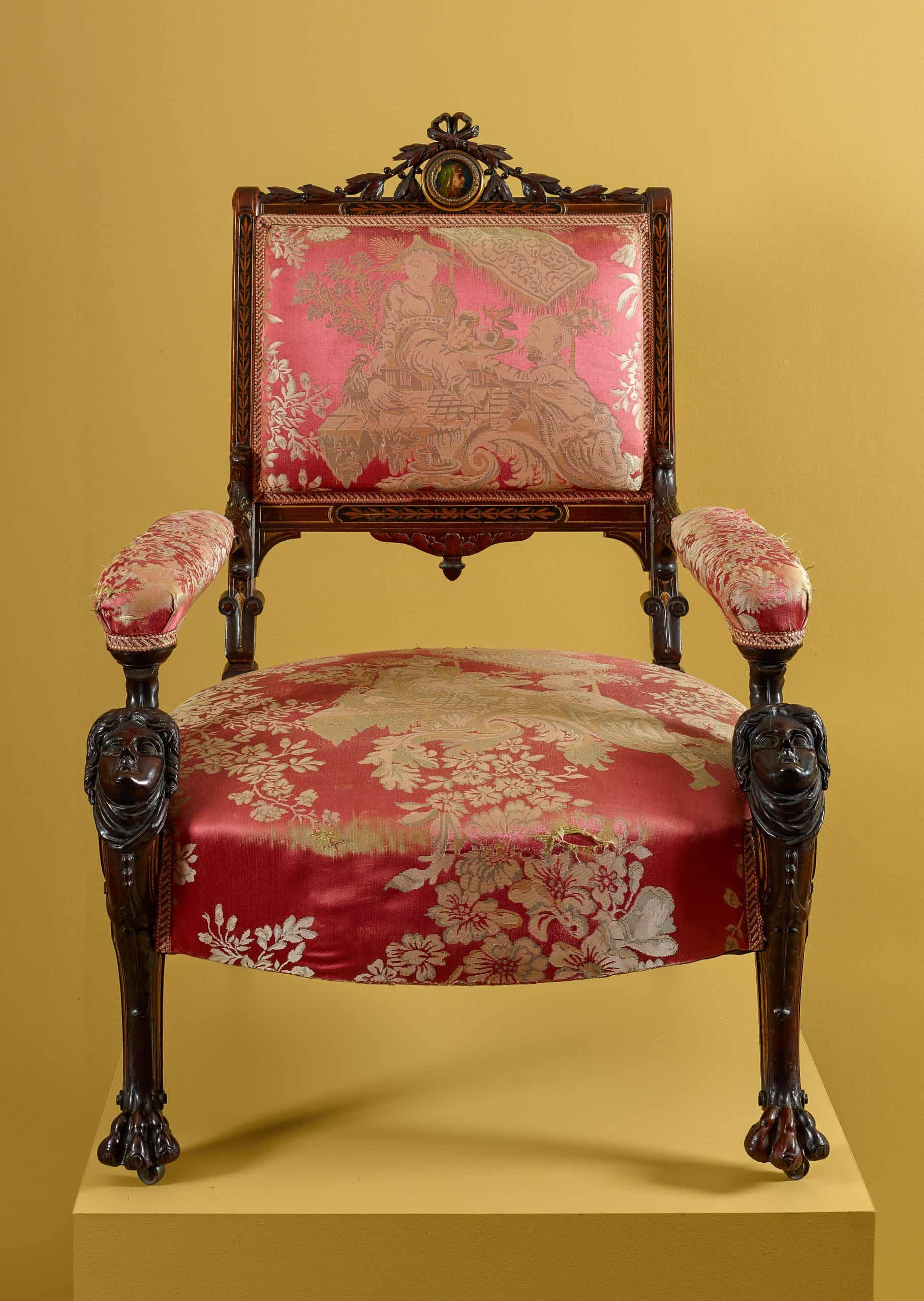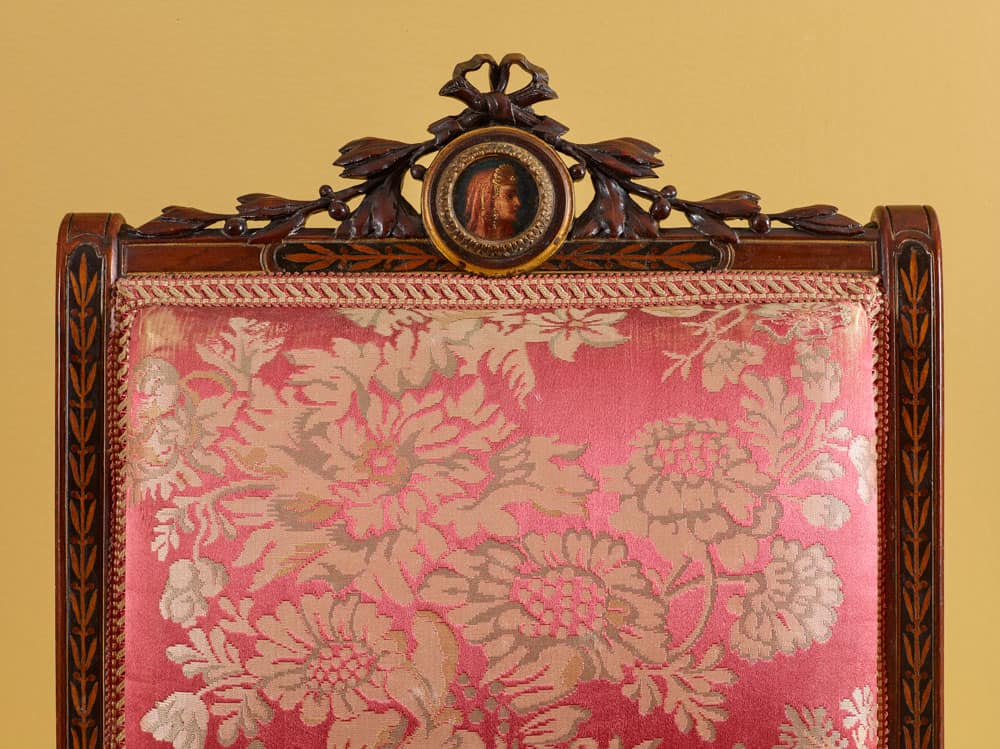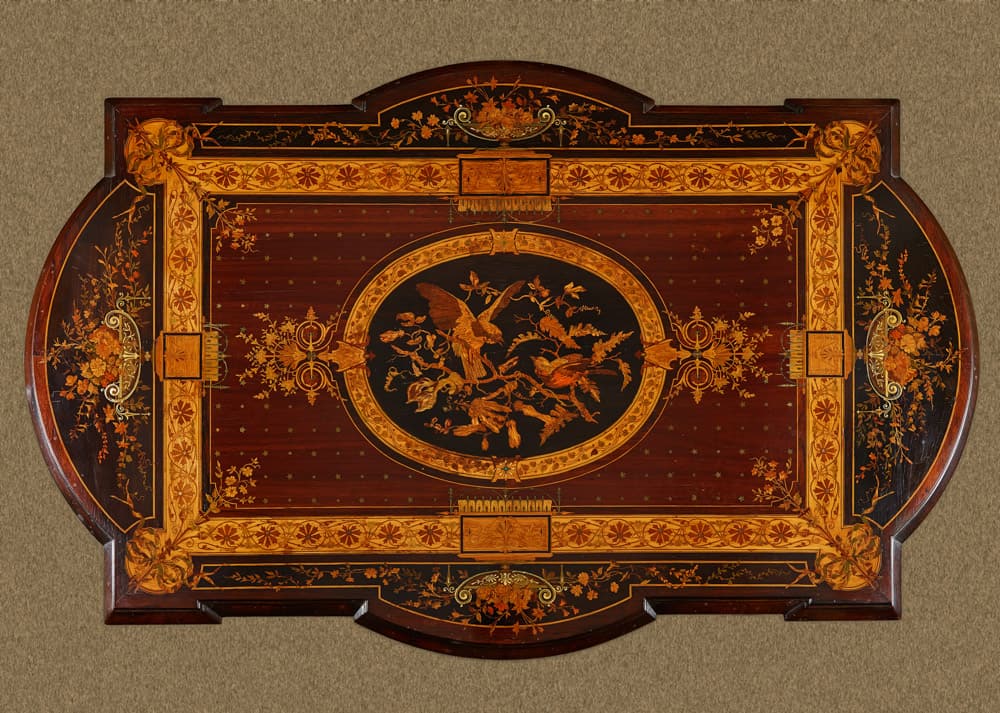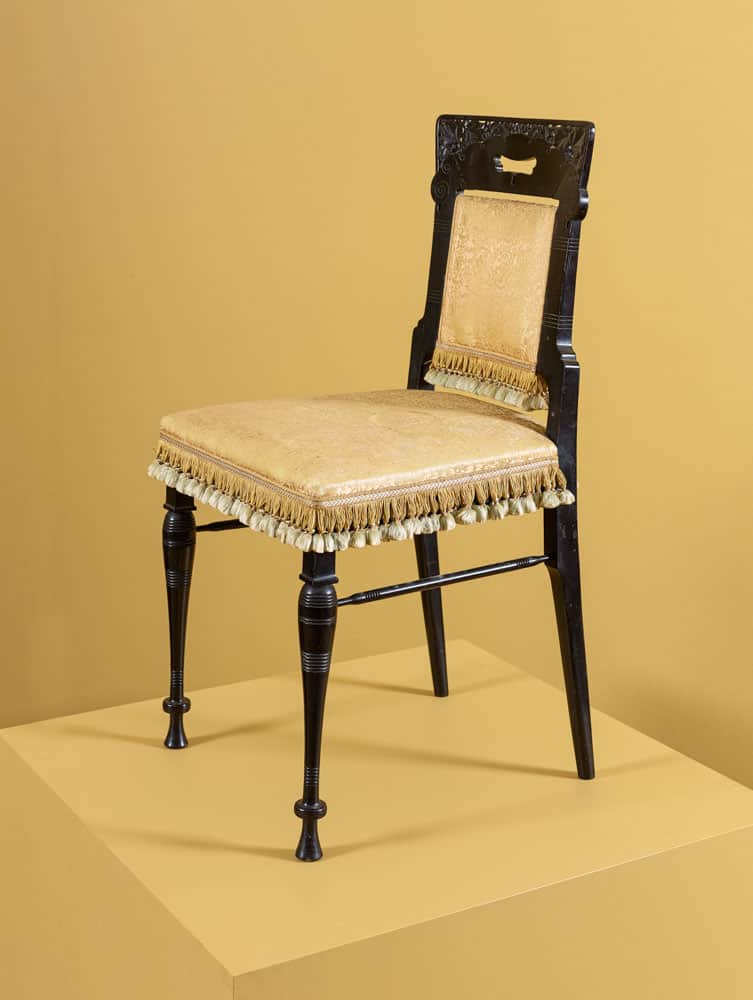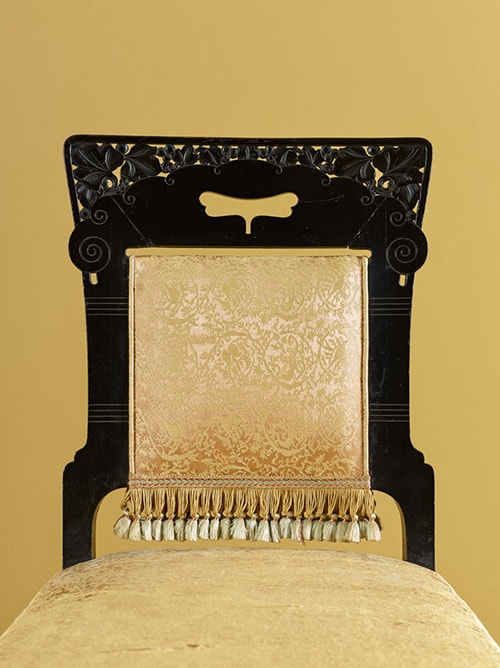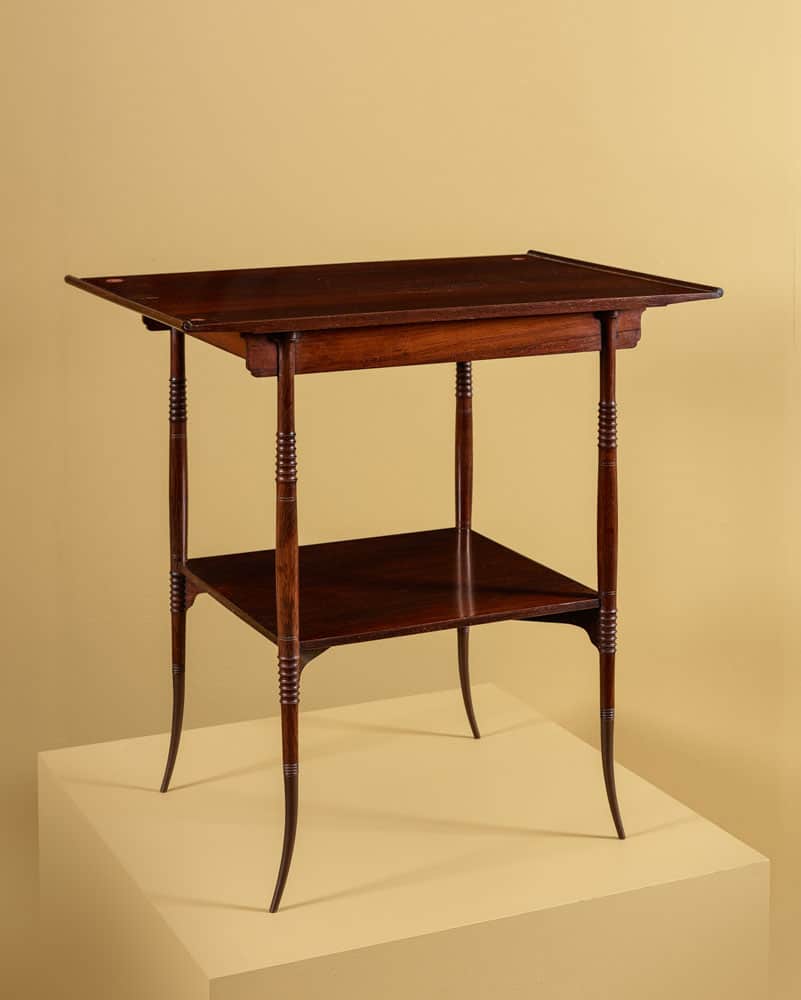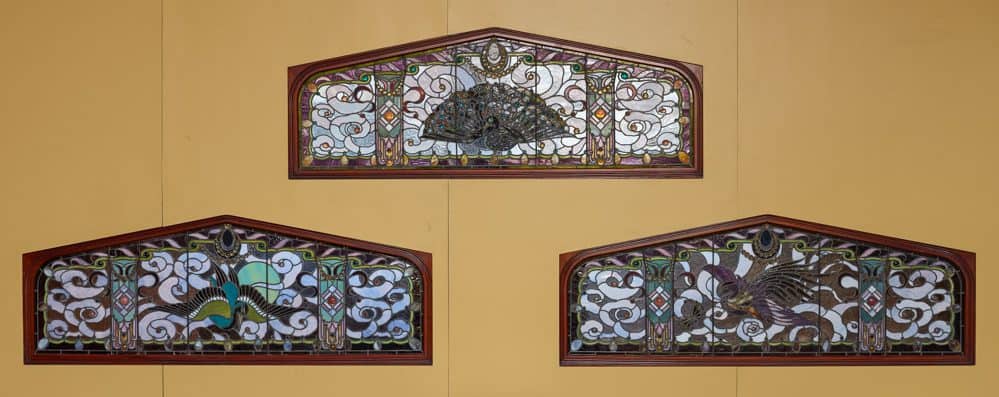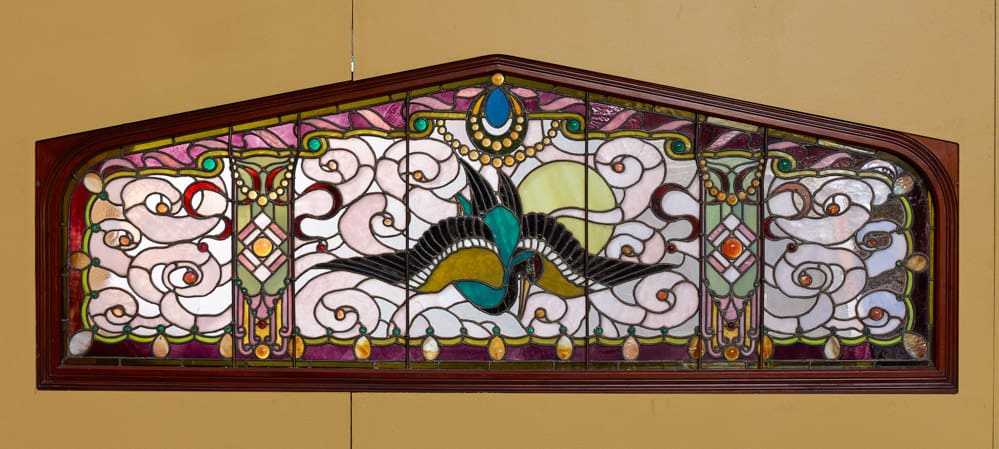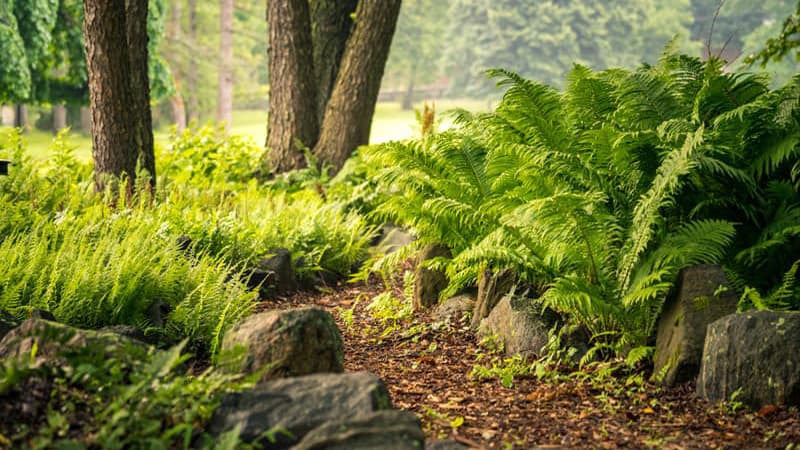Within a short period of time, Jay Gould, the 19th-century railroad baron, purchases a new mansion on Fifth Avenue, directly across from his prior home, as well as Lyndhurst, a country estate that his family had previously rented.
By 1880, when Gould makes these purchases, he was both one of the richest men in America but also one of the most hated and feared. Gould’s financial actions had led to a major market in 1869 that had cost many prominent New Yorkers their wealth. As a railroad investor, he was often in competition with the Vanderbilt’s, one of the undisputed scions of New York society. As a result, Gould was not “received” in many prominent New York homes and it seems that Gould’s social ambitions were more for business purposes than for the social advancement and that the decoration of his home was for the comfort of him and his children.
Despite his ruthless reputation on Wall Street, Gould was born in rural upstate New York and was a surprisingly traditional and devoted family man. By the time he purchased Lyndhurst as a country estate, the lower Hudson Valley had been surpassed by more fashionable areas such as Newport, the Berkshires, and Long Island. It seems that one of Gould’s main reasons for purchasing Lyndhurst is that he could work on Wall Street during the day and return to his family at Lyndhurst each night via his yacht. When Gould dies prematurely, his children were disconsolate and their perception of the loss of their beloved father is completely contrasted to the vitriol heaped on Gould’s death by the outside world.
Gould provided an extremely sumptuous and comfortable atmosphere for his family, both on Fifth Avenue and at Lyndhurst. Because of his status as a social pariah, Gould’s lavish homes may not have had the broader social impact of the residences designed and built by Astors and Vanderbilts. However, it is clear that Gould was aware of the tastes of his financial equals in New York and clearly wanted to hire the same teams of decorators to furnish his homes as were being used by those who would not let Gould into theirs. Gould was likely aware of the home being built by William K. Vanderbilt on Fifth Avenue using the Herter Brothers working in conjunction with John LaFarge to provide furniture, decorations, and stained glass for their residence. At the time Christian Herter was leading the firm founded by his older brother Gustave and was likely in poor health. He had declared that the Vanderbilt commission would be his last. However, Gould was probably too wealthy a client to pass up and Christian Herter agreed to decorate both of Gould’s new homes.
As was often customary, the Gould’s took the circa 1869 parlor suite by the Herter Brothers, that had been in their Fifth Avenue mansion and move the somewhat out-of-fate furniture up to their country house at Lyndhurst. Originally crafted by elder Gustave, Christian Herter brought the suite up to date by adding orientalist side chairs, a gilt ballroom chair and easel, and Japanese influenced table. Herter also extensively redecorated the Lyndhurst parlor. While he does not alter A.J. Davis’ architecture, Herter added elaborately patterned wallpapers throughout, changes out Davis’ gilt mirrors and places stained glass transoms and draperies on the inside of the windows, creating an incredibly sumptuous Aesthetic interior.
